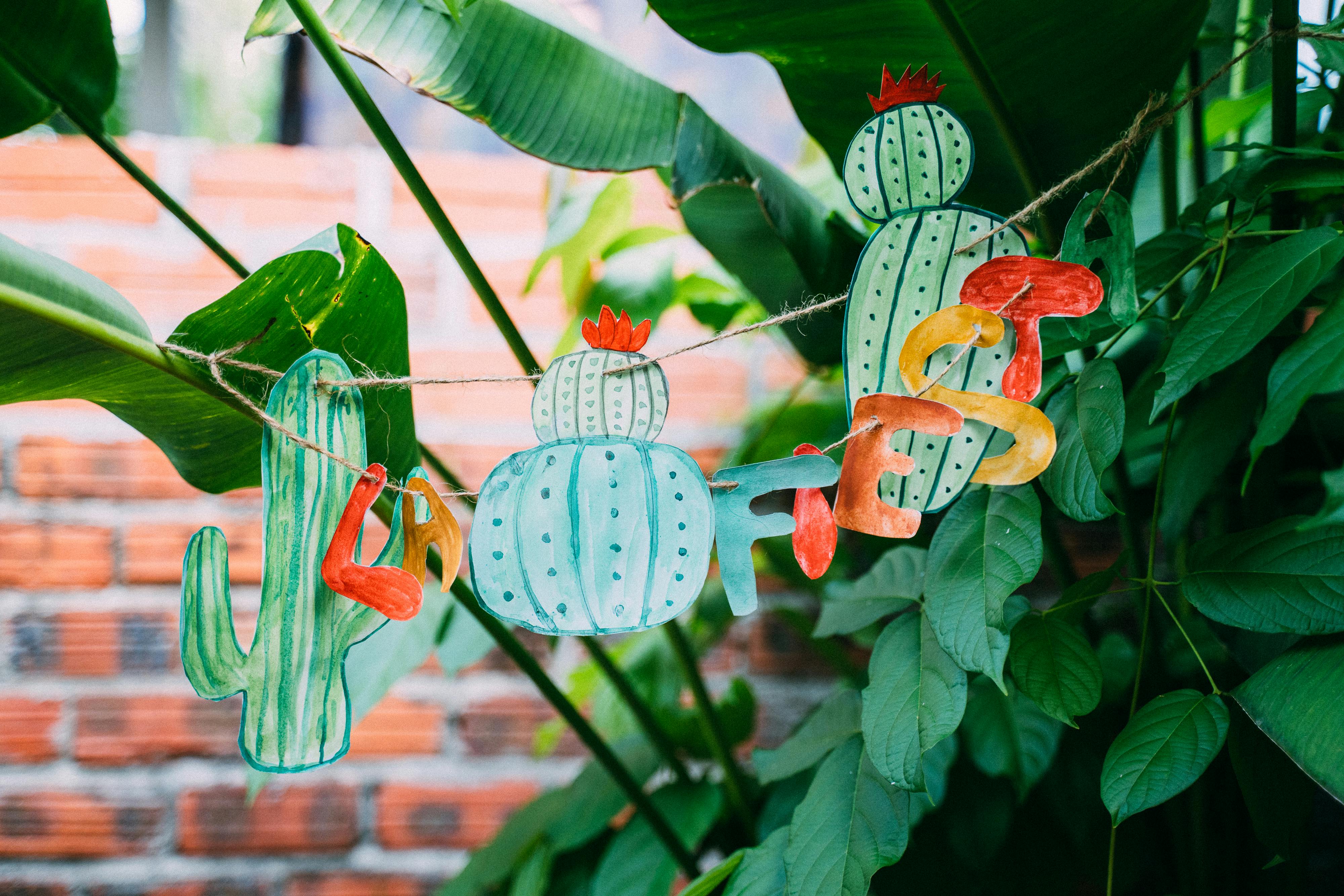Effective Ways to Enhance Your Red Aquarium Plants in 2025: Discover Proven Tips
Red aquarium plants have captured the hearts of aquarium enthusiasts with their stunning hues and unique aesthetic appeal. As aquarists look to create vibrant underwater landscapes, understanding how to care for these colorful specimens becomes crucial. This guide reveals effective strategies to foster the growth of red aquatic plants, ensuring your tank not only thrives but also looks visually appealing. We’ll dive into the best practices for incorporating red plants into your aquarium, including lighting requirements, fertilization techniques, and maintenance tips.
Choosing the right red aquarium plants can greatly enhance the overall health of your aquatic ecosystem. Beyond their beauty, these plants can help improve water quality and provide habitats for your fish. This article serves as a comprehensive roadmap to optimizing the conditions for your red plants, offering insights that range from basic care to advanced techniques for seasoned aquarists.
Key takeaways include the specific needs of different red plant varieties, optimal water conditions, and the importance of nutrient-rich substrates. By the end of this guide, you’ll be equipped with proven tips to create and maintain a vibrant aquarium filled with flourishing red aquatic vegetation.

Essential Guide to Caring for Red Aquarium Plants
Building on the foundations of aquarium plant care, it’s critical to establish a well-rounded approach to nurturing red aquarium foliage. Each species has unique requirements that contribute to their health, such as appropriate lighting and nutrient levels. To effectively care for red plants in your aquarium, focus on these important aspects.
Understanding Red Plant Lighting Needs
Light is one of the most vital factors influencing the growth of red aquatic plants. Typically, red plants thrive under higher intensity lighting, usually requiring a spectrum that emphasizes red and blue wavelengths. This lighting spectrum promotes photosynthesis and helps enhance the vibrant coloration of the plants. For optimal results, consider using full-spectrum LED lights designed specifically for plant growth.
In addition to light intensity, consider the duration of light exposure. Most red plants benefit from 10-12 hours of light each day to maintain healthy growth. Monitor your tank’s lighting situation and adjust based on plant response; excessive light can lead to algae growth, which competes with red plants for nutrients.
Fertilization for Red Aquarium Plants
To achieve vibrant red colors, regular fertilization is necessary. A well-balanced liquid fertilizer that provides essential micronutrients like iron, potassium, and magnesium is critical. Iron, in particular, plays a significant role in the development of red pigmentation in these plants. It’s advised to fertilize every week or every two weeks depending on plant growth rates and tank conditions.
Also, incorporate root tabs or substrate fertilizers to ensure that your plants receive nutrients directly at their roots. This dual approach will optimize the nutritional aspect of red plant care, providing a solid base for healthy growth.
Trimming Red Aquarium Plants for Healthier Growth
Regular trimming is an integral part of maintaining red aquarium plants. Overgrown plants can lead to competition for light and space. Regularly pruning dead or yellowing leaves not only improves the appearance of your aquarium but also encourages new growth. When trimming, ensure that you’re also checking for any signs of pests affecting the plants.
A general rule of thumb is to trim approximately one-third of the plant at a time. This encourages healthy regrowth while preventing stress. Additionally, pay attention to growth patterns, as certain species may have specific trimming requirements in terms of timing and technique.
Identifying and Managing Pests Affecting Red Plants
Despite their beauty, red aquatic plants can be prone to various pests, such as aphids and snails. Regularly inspect your plants for signs of infestation, including discoloration or stunted growth. If pests are present, consider using pest treatment options such as insecticidal soap or introducing natural predators like certain fish species that help manage pest populations without causing harm to the plants.
Prevention is key, so ensure your aquarium maintains a balanced ecosystem with adequate fish populations that contribute to nutrient cycling, thereby reducing the chances of pest outbreaks.
Choosing the Right Red Aquarium Plants for Your Tank
With a myriad of options available, selecting the best red aquarium plants can drastically impact the visual appeal and health of your aquarium. Understanding the unique characteristics of popular red plant species will equip you with the knowledge to make thoughtful choices.
Popular Red Aquarium Plant Species
Several red species stand out due to their striking appearances and ease of care. Some of the best red aquarium plants include:
- Alternanthera reineckii: Often recognized for its deep red leaves, this plant thrives in nutrient-rich substrates and can adapt to varying light conditions.
- Ludwigia repens: This hardy plant showcases vibrant red foliage, especially when provided with sufficient light and nutrients.
- Cryptocoryne wendtii: A versatile choice that can shift colors based on light and nutrient availability, making it a popular option for adding variety.
When selecting plants, consider their growth requirements, compatibility with tank mates, and the overall aesthetic you want to achieve. Balancing colorful red plants with green species can create a stunning visual contrast in your aquatic environment.
Red Stem Plants for Aquariums
Red stem plants, such as Rotala rotundifolia and Hygrophila polysperma, are favorites among aquarists for their vibrant color and unique textures. These fast-growing plants can serve as excellent mid-ground options in aquascaping, providing visual interest and versatility in layout. Planting them in groups will enhance their visual impact and create a more cohesive look within the tank.
Ensure you provide these stem plants with acidic to neutral pH levels and ample lighting for maximum color enhancement. They also benefit from regular pruning, allowing for healthier and denser growth.
>Red Water Plants for Fish Aquariums
When incorporating red plants in aquariums, it’s vital to consider fish compatibility. Some red aquatic plants can negatively interact with certain species, so understanding which plants coexist well with your fish will lead to a harmonious environment. Examples of good matches include community fish like tetras and guppies, which do not typically disturb plant growth.
On the other hand, larger species such as cichlids may uproot delicate plants; therefore, it’s essential to select robust plants that can withstand these interactions without suffering damage.

Maintaining Optimal Conditions for Red Aquarium Plants
Achieving a thriving environment for red aquarium plants involves monitoring water quality and parameters consistent with their needs. Regular testing can provide insight into nutrient levels, pH, and water hardness, allowing you to make informed adjustments.
Optimal Water Conditions for Red Plants
Different red aquatic plants have varying requirements for water conditions. In general, red plants prefer slightly acidic to neutral conditions (pH range 6.0-7.5). Additionally, they thrive in well-filtered water with moderate to high levels of carbon dioxide (CO2), which promotes healthy photosynthesis.
Change approximately 25% of the water weekly to maintain quality and remove potential pollutants. Incorporating a quality filtration system can also help keep the aquarium environment stable and healthy.
Nutrient-Rich Substrates for Red Plants
A well-balanced substrate is crucial for successful red plant growth. Nutrient-rich options aimed at aquatic plants can supply the necessary micronutrients and organic material to support robust health. Substrate types such as soil-based or clay gravels are excellent choices for anchoring the plants while providing a steady supply of nutrients.
Layering the substrate can enhance root growth, allowing the plants to establish firmly and flourish. Consider a layer of nutrient-rich soil under coarser substrate layers to maintain stability and nutrient availability.
Common Problems and Troubleshooting for Red Plants
Despite careful planning, red aquarium plants may encounter challenges such as slow growth or discoloration. Early identification and quick interventions are critical for resolving issues before they escalate.
Identifying Red Plant Health Indicators
Understanding the signs of unhealthy plants is fundamental. Common health indicators include yellowing leaves, stunted growth, and unusual transparency. Each of these signs can indicate underlying issues such as nutrient deficiencies, inadequate light exposure, or improper water conditions.
Regular observance and assessment of plant health can provide early warnings of problems, allowing you to take preventative measures swiftly.
Common Problems with Red Plants
Common problems faced by red aquarium plants include algae infestation and nutrient burn. Algae can thrive in well-lit environments leading to competition for resources. To combat this, regular maintenance and controlled lighting schedules are essential.
Nutrient burn occurs when plants receive excess fertilizers, resulting in damaged roots and foliage. To address this, reduce the amount of fertilizer used and perform regular water changes to help regain balance.
Best Practices for Plant Maintenance
Routine maintenance involves periodic checks on plant health, environmental conditions, and necessary adjustments. Keep records of your tank parameters and how your plants react to changes. By carefully observing your red aquatic plants, you can hone your system to encourage a lush, vibrant tapestry that enhances your aquarium’s aesthetic.
Q&A Section: Common Questions About Red Aquarium Plants
What are the best low-light red aquarium plants?
Some of the best low-light red plants include Cryptocoryne wendtii and Alternanthera reineckii, as they maintain their color in less intense lighting conditions, making them suitable for beginners.
How can you enhance the red coloration in aquatic plants?
To enhance red coloration, ensure your plants receive adequate amounts of light in the red and blue spectrum and maintain good nutrient levels, particularly iron.
What are signs of nutrient deficiencies in red plants?
Signs of nutrient deficiencies often include pale or yellowing leaves, stunted growth, and poor overall plant health. Regularly testing water and supplementing nutrients as needed can address these issues.
How often should I fertilize red aquarium plants?
Fertilization frequency depends on plant growth rates; however, a general guideline is to fertilize every week or two, ensuring that you adjust based on the plant’s response to the nutrients.
What should I do if I see red algae growth in my aquarium?
Red algae growth can be a sign of excess nutrients or insufficient lighting. Manage algae by reducing light exposure and ensuring a consistent cleaning and water change schedule to combat its spread.
